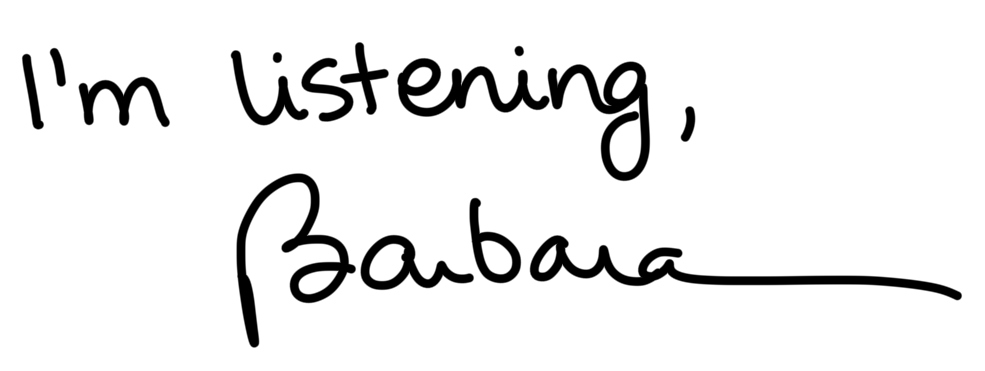
This semester, I found myself thinking a lot about Wicked. Maybe it was the new movie trailer. Maybe it’s my lifelong adoration of the Wizard of Oz in all its forms. Maybe it was my love for Elphaba and Glinda’s complicated, imperfect friendship. But the more I reflected on my courses, the more I realized: teaching online — especially synchronously — sometimes feels like sitting alone on a broomstick, defying gravity, hoping someone’s watching, reading and/or listening.
And sometimes… they are. But not always.
“No One Mourns the Wicked” — or Watches the Weekly Video
One of my go-to strategies this semester in my online asynchronous course was embedding Easter Eggs — little bonus point opportunities — in weekly video content. Quite a few students truly engaged with this, more this semester than in previous ones. They watched the videos, earned the points, and even mentioned the surprise in their emails to me. Others? They clicked the video just long enough to make the “viewed” list. Whether it was a matter of time, energy, or priorities, some students just didn’t interact the way I hoped they would.
That gap — between intention and reality — was a theme that kept surfacing.
“Dancing Through Life” vs. Doing the Reading
Some students did every reading, came prepared and participated with thoughtful questions. Others, despite my encouragement, skipped it. And their work reflected that choice. While I try not to teach with a punitive mindset, the truth is that preparedness matters. And I found myself wondering: how do I help students see the value of steady, consistent engagement when so much around them encourages shortcuts and survival, especially in this age of AI?
“What Is This Feeling?” (It’s Frustration)
In one of my classes that I’ve taught for about two years, we used peer editing groups. Not everyone showed up (physically, virtually or emotionally). We used synchronous discussions. Participation was inconsistent. Even when a student presented something they worked hard on, many peers stayed silent. I could sense the awkwardness and disappointment through the screen.
I tried so many tools including Kahoots, chat prompts, breakout rooms. Still, there were moments when it felt like I was Glinda singing to a green-faced Elphaba: “You can still be with the wizard, what you’ve worked and waited for…” and getting nothing back but silence.
And yet.
“For Good” — What Worked
The real turning point for me this semester was something deceptively simple: virtual one-on-ones, using Zoom or Teams. Meeting individually with students, even briefly, transformed our dynamic. After those conversations, I could feel the difference. Students were more likely to ask questions in class, contribute to the chat or email a follow-up. Our interactions had a face, a voice and a shared moment. It reminded me that the magic in online teaching often comes in small, human doses.
What I’m Carrying Forward
This semester taught me that no strategy is a universal fix. But it also reminded me that connection — real, individual, empathetic connection — still matters most. As I look toward the next semester, I’m letting go of the idea that I can (or should) get everyone to engage the same way.
Instead, I’m embracing a more “Elphaba” mindset — focusing on the students who show up, holding space for those who don’t (yet), and remembering that the most powerful lessons aren’t always the ones in the syllabus.
Because in the end, some of my students (for better or worse) have changed me. For good. And I can’t wait to get back into the virtual classroom in the fall.


